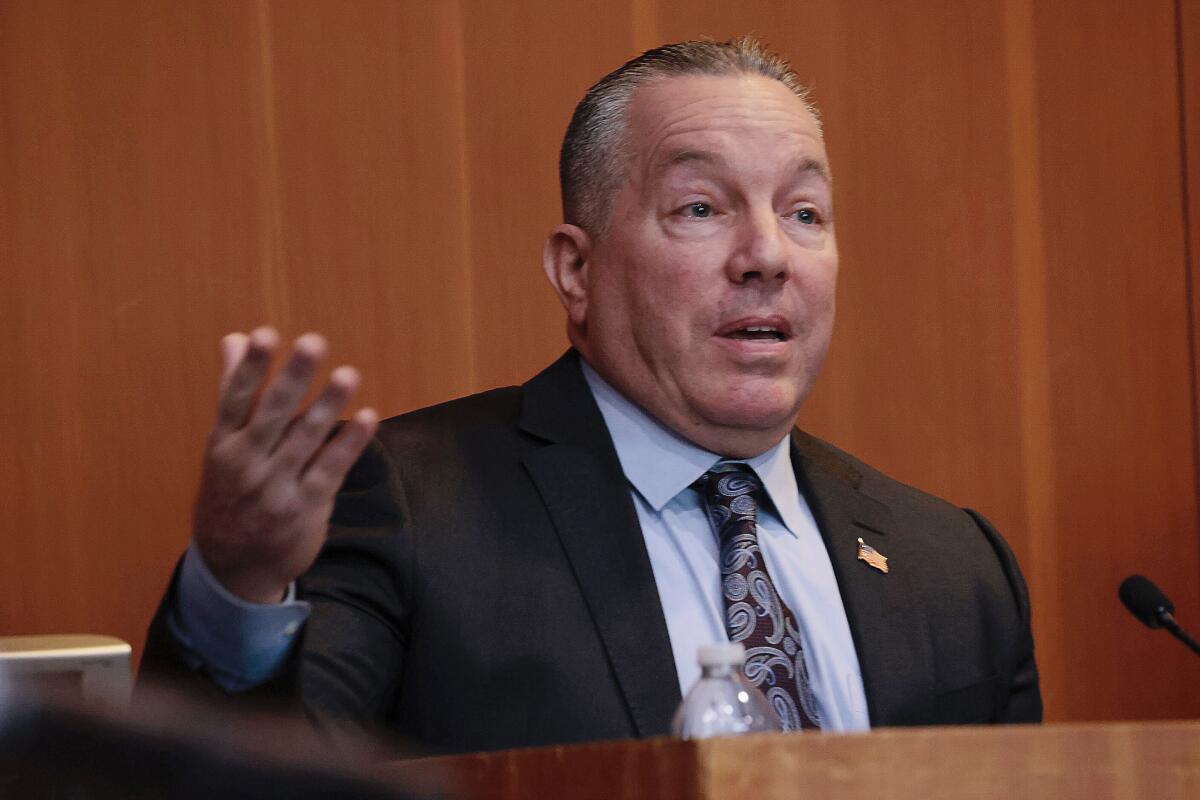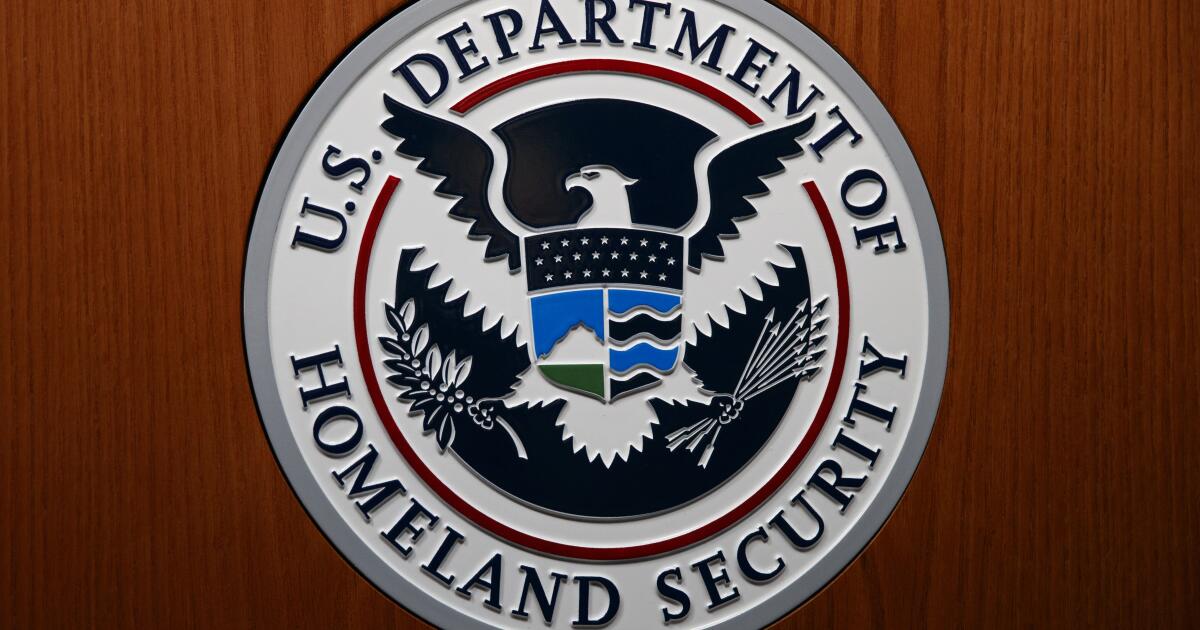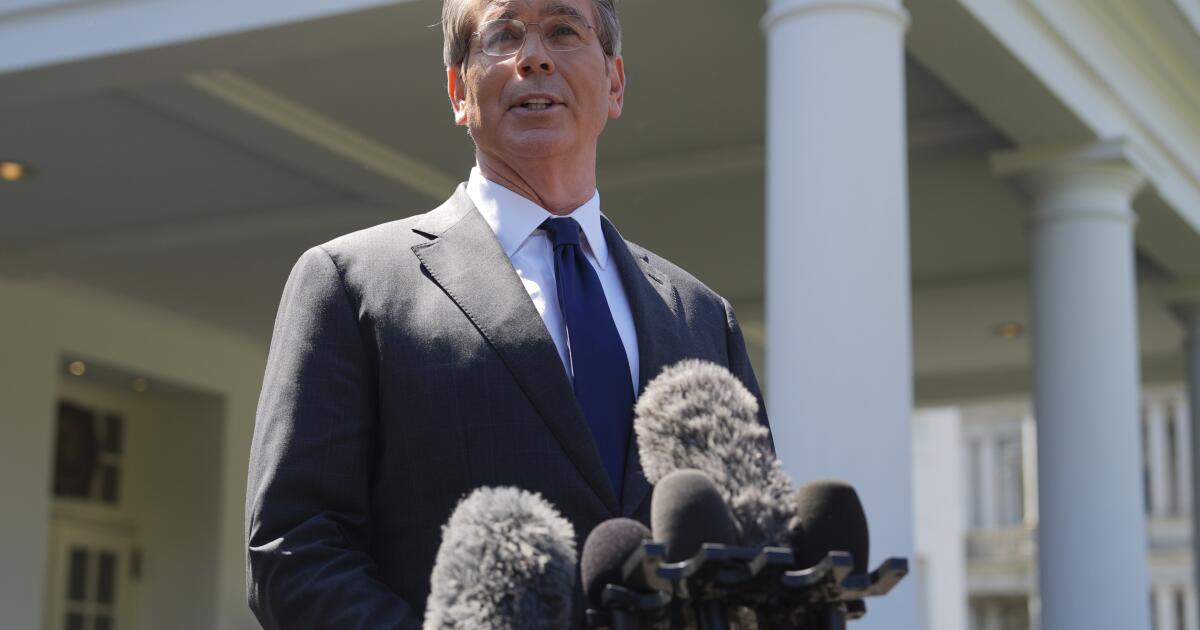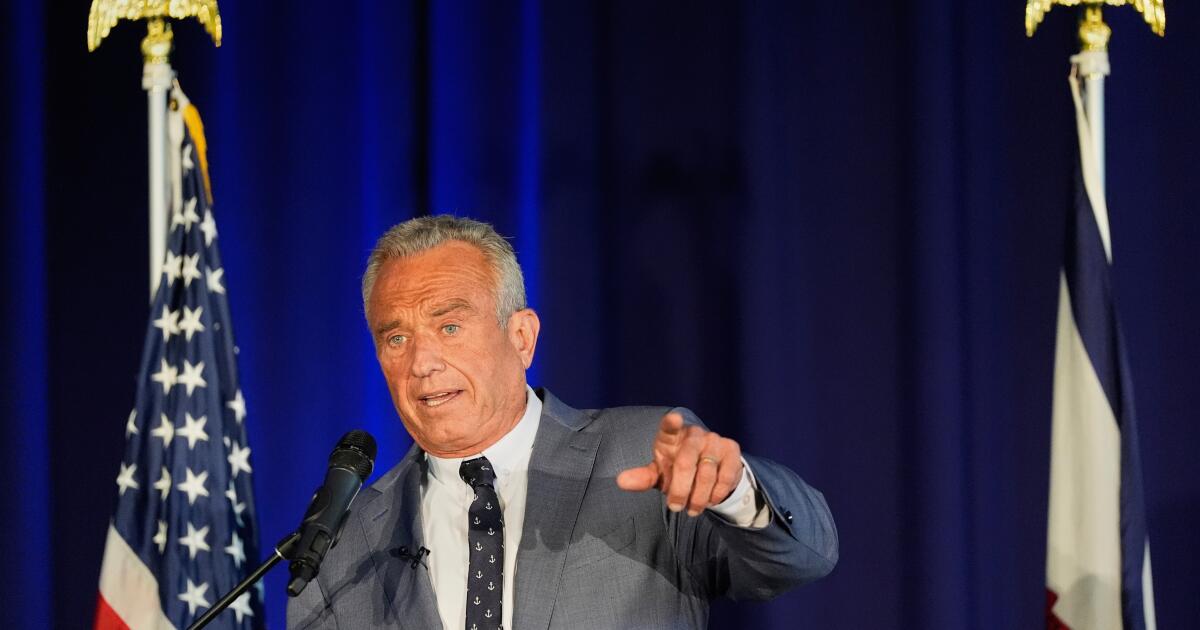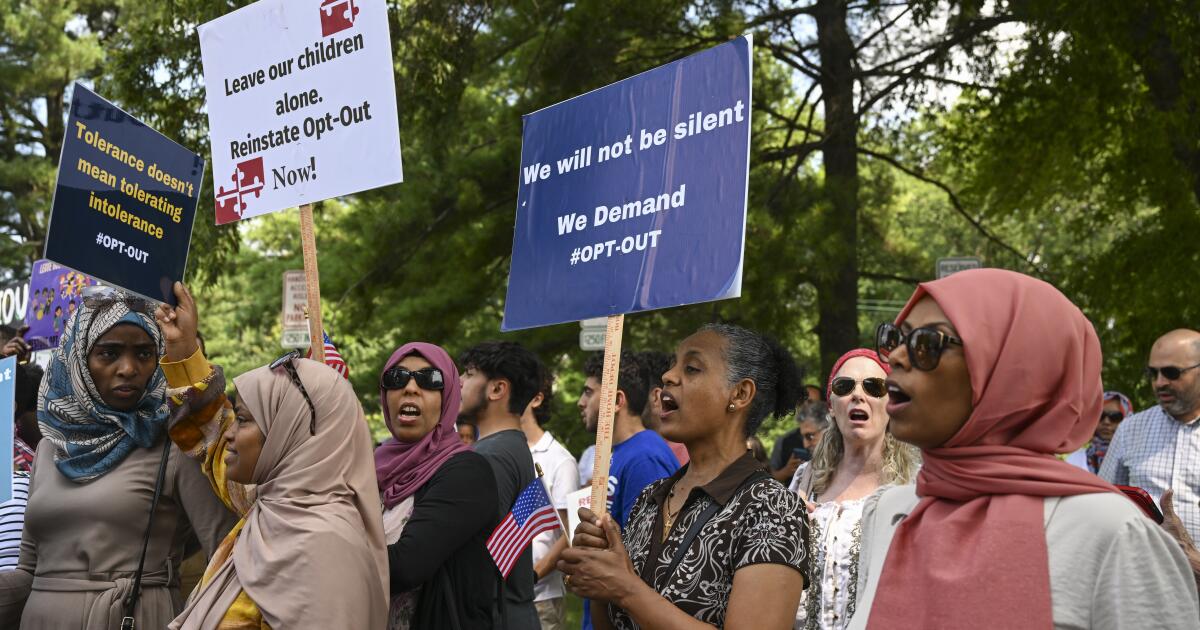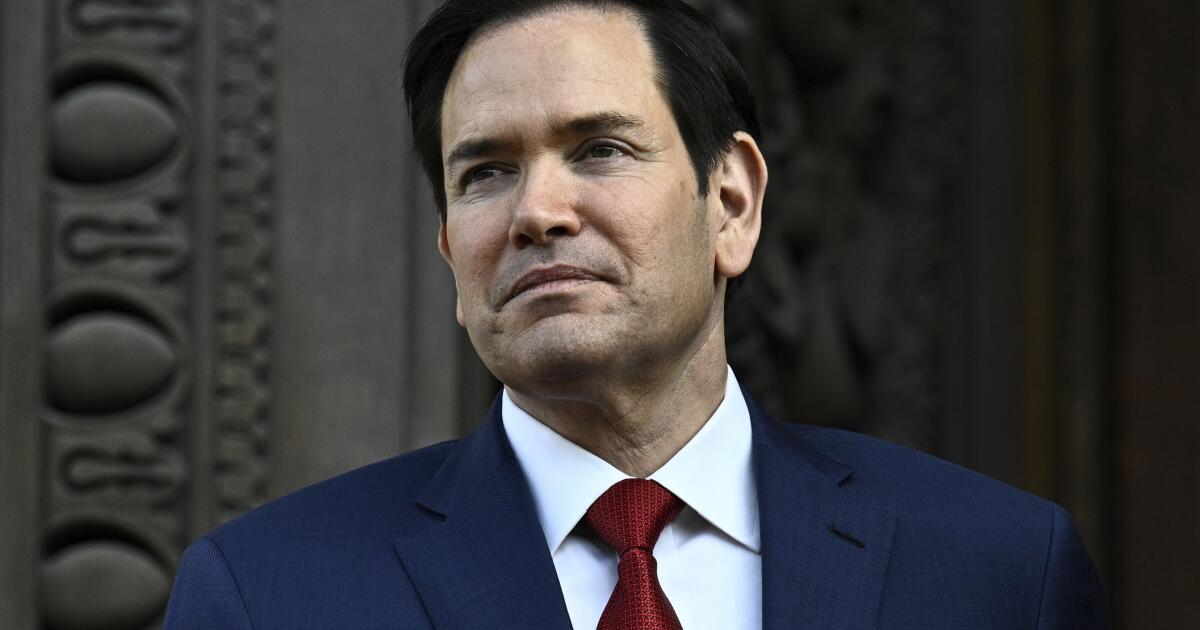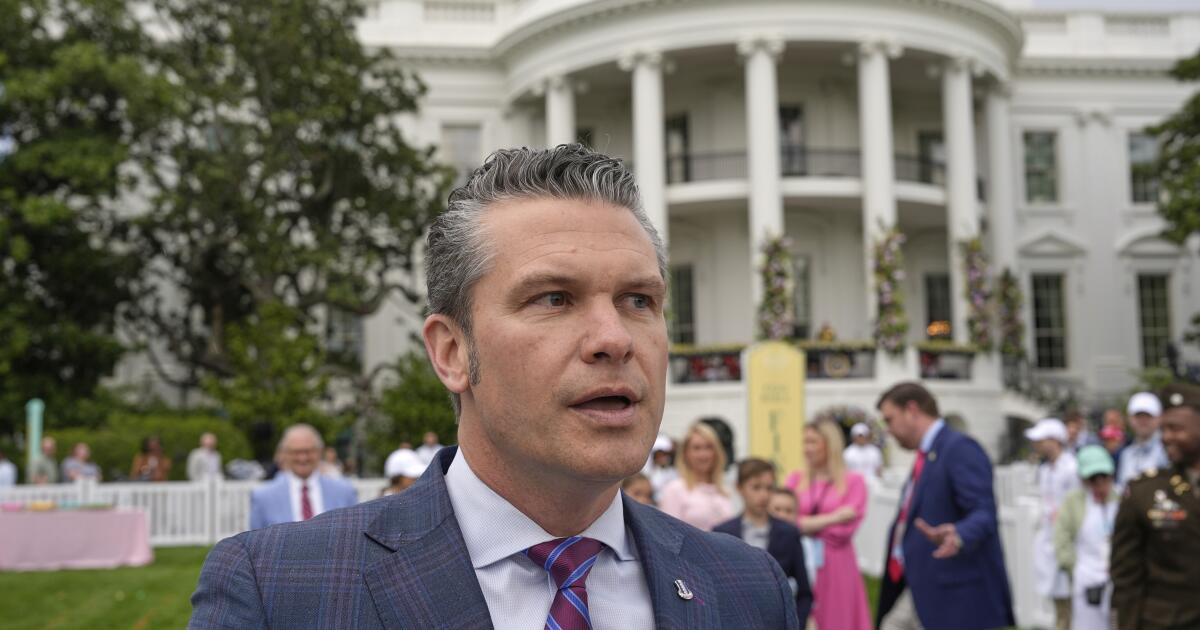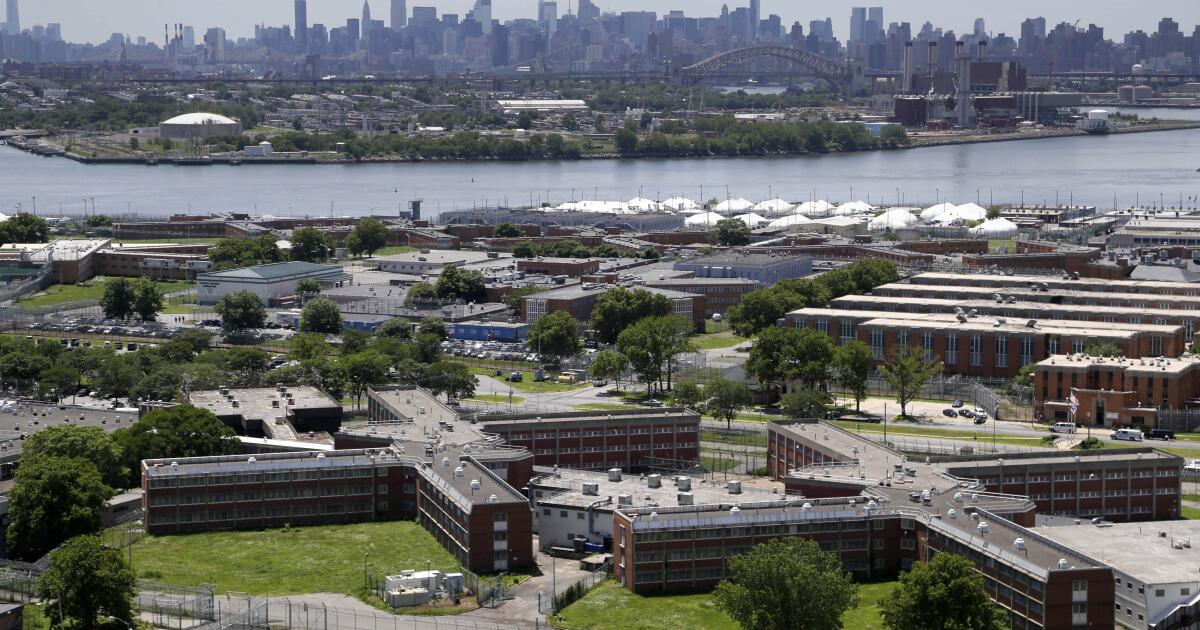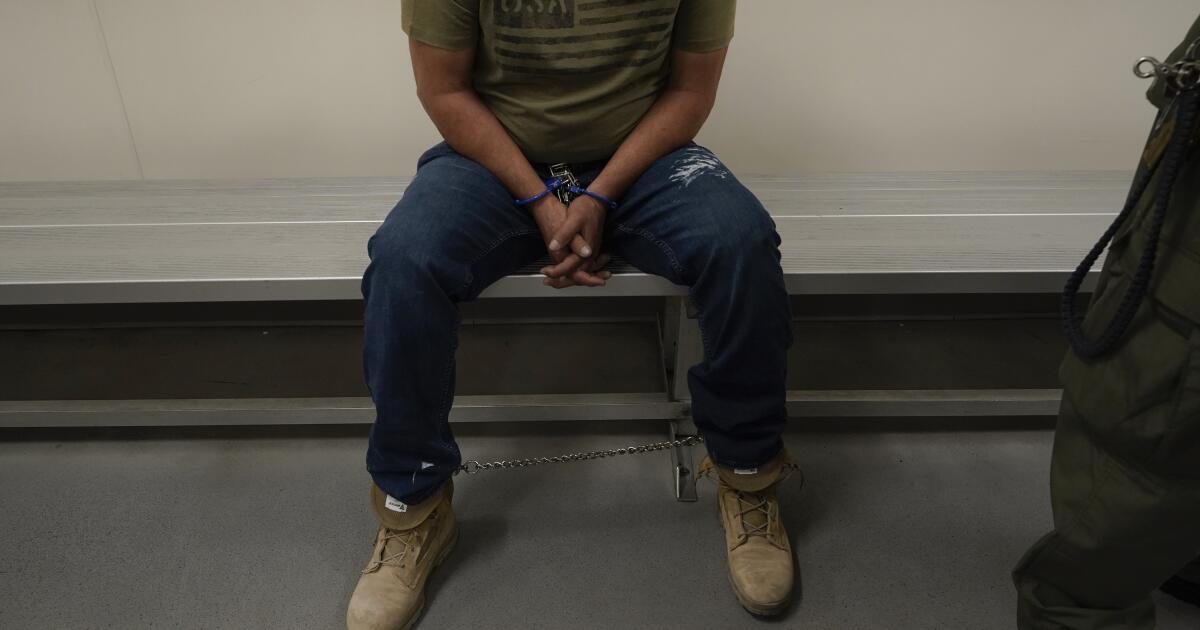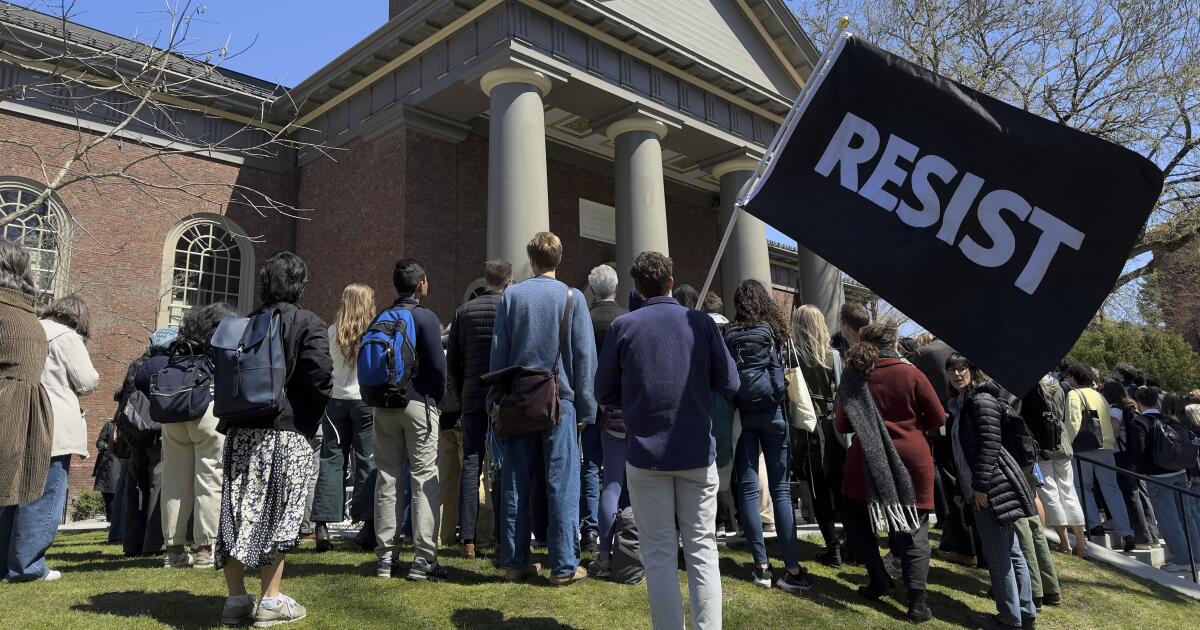Trump’s DOJ targeted L.A. County over gun permits. Who might be next?
At a meeting of the Los Angeles County Board of Supervisors in July 2022, former Supervisor Sheila Kuehl called for a “deep dive” into the L.A. County Sheriff’s Department’s gun permitting process.
Weeks prior, the U.S. Supreme Court had invalidated as unconstitutional a New York law requiring people to show “proper cause” for why they needed to carry a concealed firearm. Similar processes in California and nationwide were suddenly being scrapped in favor of more lenient policies.
Kuehl was among those who feared more guns in public would lead to more shootings, and wanted the sheriff’s department to proceed with caution.
“We need to be creative about how to address the very real and escalating public health emergency that is gun violence,” she said, referencing a related proposal to use permit fees to expand anti-crime initiatives.
Less than three years later, the county’s gun permitting process is under investigation by the U.S. Department of Justice, which announced last month that it had “reason to believe” the county was subjecting permit applicants to unconstitutionally long wait times.
“This Department of Justice will not stand idly by while States and localities infringe on the Second Amendment rights of ordinary, law-abiding Americans,” Atty. Gen. Pam Bondi said in a statement.
Bondi cited a pending lawsuit in which gun owners and advocacy groups sued the county over alleged wait times of 18 months. Court records show the county is in the middle of negotiating a settlement in that case.
Constitutional experts, gun enthusiasts and gun control advocates say what happens next — both in court and under the DOJ probe — could have profound implications for gun permitting in communities far beyond the sheriff’s territory.
Trump has made bolstering gun rights a national priority, Bondi has indicated similar probes could be announced against other jurisdictions, and the litigants suing the county have already signaled they are going after other local jurisdictions and law enforcement agencies next — including the Los Angeles Police Department.
How L.A. County handles this moment could help set a new standard for gun permitting, experts said, particularly in similarly big, blue-state jurisdictions that have been reluctant to issue permits in the past.
A long county battle
Kuehl’s 2022 proposal, approved by the board, ordered then-Sheriff Alex Villanueva not to change the county’s gun permitting process until state and county attorneys could weigh in, and asked the county auditor-controller to issue a report on potential improvements.
Villanueva showed little interest in complying. He had been bragging of increasing permits, and said the department was “retooling” its process to provide even more — estimating the total could jump from less than 3,200 to as many as 50,000.
Two months later, the department announced it was investigating “irregularities” in the permitting process and a “possible long-term scheme to defraud” county residents. Soon after, the Times published an investigation showing that some of Villanueva’s political supporters had received permits much more quickly than the average applicant, some with the assistance of deputies working directly for Villanueva.
Former L.A. County Sheriff Alex Villanueva testifies at the Sheriff’s Civilian Oversight Commission meeting on Jan. 12, 2024.
(Irfan Khan / Los Angeles Times)
No charges have been filed , and a spokesman for Villanueva denied any wrongdoing.
Around the same time in 2022, the department was seeing a “tsunami of applications” for gun permits, it said in a recent court filing.
Sheriff‘s Department data provided to the Times show applications picked up around April 2021 — which is when the Supreme Court first said it would take the New York case — and surged after the high court’s ruling in June 2022. Monthly applications, which averaged between 100 and 200 in late 2020 and early 2021, soared to more than 1,000 in late 2022 and early 2023, though they have partially come back down since.
A county auditor-controller report published in late 2022 as a result of Kuehl’s measure found 3,426 active permits and 10,300 pending applications, with an average wait time of about one year. And it warned the county could face legal trouble if it failed to expedite the process and clear the backlog.
The Sheriff’s Department has cited “a significant staffing crisis” as a reason for delays, and in response to the Justice Department probe said it processes applications “in compliance with state and local laws to promote responsible gun ownership.”
But the lawsuit brought by the California Rifle & Pistol Assn. and others argues county policies have made it “extremely difficult, if not outright impossible” to secure a permit, and that efforts to fix the issue have been insufficient.
Sheriff Robert Luna — who was elected to replace Villanueva in November 2022 — told The Times that the backlog has been reduced to about 4,000 pending applications, and that the department is “doing a lot better than we have in years.”
“Like everything else, we’re fixing a lot of problems, trying to be efficient,” he said.
In 2023 and 2024 — the first two calendar years after Luna took office — records show the department issued more than 10,000 permits, a roughly twofold increase over the number issued in 2021 and 2022. At the same time, Sheriff’s Department data show permit rejections spiked to 480 during the 2022 application surge, then fell to 438 the following year and 327 last year.
Los Angeles County Sheriff Robert Luna talks with the media during a news conference at the Hall of Justice on Feb. 10 in Los Angeles.
(Brian van der Brug / Los Angeles Times)
Between 2020 and 2022, the department had somewhere between three and six staff members working in its permit unit. In March 2023, two supervisors were added. Now, it has 13 full-time staff members and two more on temporary assignment.
Still, it is struggling to keep up with the pace of new applications, Luna acknowledged, and also can’t spare more staffing given a department-wide shortfall of some 1,400 deputies, he said.
“The amount of those requests overwhelm the staff we have,” Luna said. “It is an unfunded mandate.”
Based on an internal cost study, the department charges $216 for a permit, with $43 due up front as an application fee and the rest due only if the application is approved.
The Sheriff’s Department said it could not comment on the ongoing negotiations in the California Rifle & Pistol Assn. lawsuit.
Chuck Michel, an attorney and the association’s president, said he believes his group will “be able to work out something that protects the rights of people in L.A. County who are looking for a permit” but declined to provide specifics.
Michel also said whatever deal his group reaches was unlikely to resolve the Justice Department probe.
“I suspect the DOJ will want additional assurances, beyond whatever we agree to,” he said.
‘Slow walking’ progress?
Experts who study 2nd Amendment law say a big question for the Justice Department investigators will be whether the Sheriff’s Department or other county officials intentionally delayed the permitting process because they disagreed politically with the Supreme Court’s ruling in New York State Rifle & Pistol Assn. Inc. vs. Bruen, the ruling that has forced changes.
The Justice Department has not alluded to any such evidence existing — but Villanueva has.
A couple of days after the Justice Department announced its probe, the former sheriff commented online, writing, “Evidence suggests Sheriff Luna and the board of supervisors are slow walking the permit process deliberately to circumvent the Bruen decision.”
Asked by The Times for details on the alleged evidence, Villanueva referred back to the July 2022 board meeting and Kuehl’s measure.
He said the board “made a big effort” to slow his efforts to issue more permits while it worked to “hike the fees” as “a tool to fund anti-violence,” which he deemed “unethical.” He also blamed Luna for not staffing the permit unit well enough, even though sheriff’s officials say the unit’s staffing has increased. Officials also told The Times the fees are used “only to cover costs” and not to fund other programs.
Kuehl called Villanueva a “liar” with zero credibility.
“Nothing the supervisors did in the eight years I was there could be claimed in any way to favor the slowing down of permits. Nothing,” Kuehl said. “To be in favor of sensible gun control or regulation measures is not the same as trying to manipulate a process.”
Sheila Kuehl listens during a Board of Supervisors meeting on Nov. 22, 2022, her last day on the board.
(Francine Orr / Los Angeles Times)
Kuehl, who retired from the board in November 2022 at 81 years old, said her desire to audit the permitting process was driven in part by concerns that Villanueva was abusing the process to award permits to friends.
“We were alarmed at the loosey-goosey process that Alex was using to give out hidden gun permits like free bubble gum as a prize,” Kuehl said. “It really was not any kind of process, so we really wanted to look at what he was doing.”
Beyond the county
In announcing its county probe, the Justice Department said Bondi hoped other jurisdictions would wise up and “voluntarily” improve their processes to protect gun rights.
“But if necessary, today’s announcement will be the first of many similar investigations, lawsuits, or other actions involving other localities in California, the State of California itself, and any other states or localities that insist on unduly burdening, or effectively denying, the Second Amendment rights of their ordinary, law-abiding citizens,” the department said in a March 27 statement.
Atty. Gen. Pam Bondi speaks in the Oval Office on Feb. 5 as President Trump looks on.
(Evan Vucci / Associated Press)
Already, Washington D.C. is in the government’s sights. The day after the L.A. probe was announced, Trump issued an executive order requiring federal authorities to work with D.C. to “increase the speed and lower the cost of processing concealed carry license requests” in the nation’s capital.
Those suing L.A. County are also looking elsewhere.
On March 5, the California Rifle & Pistol Assn. sent a letter to the LAPD and the Los Angeles City Council warning that it would sue them if the LAPD did not immediately devote additional resources to bring down wait times for permits, which it said were averaging more than 18 months in the city.
On March 31, LAPD Chief Jim McDonnell responded with his own letter, writing that both requested and issued permits have “increased exponentially” in the last two years, and the department was taking steps to process more applications and bring down wait times.
McDonnell said the LAPD was lending additional officers to its permit unit, and like the county had started using a cloud-based software called Permitium, which was “already enabling the Department to process more applications.”
Still, the LAPD is clearly struggling, other officials have acknowledged, with wait times for permits approaching four years in some cases.
Deputy Chief Alan Hamilton, head of the Detective Bureau that oversees the LAPD’s permit unit, said the long waits are largely due to staffing and a stringent process that includes interviewing every applicant, processing their fingerprints, carrying out a background check and ensuring they have completed an accredited firearm safety course.
Even if the permit unit grew substantially, Hamilton said, it would be hard to reduce the current wait times because the wave of applicants who received two-year permits in the last couple of years are starting to apply for renewals.
“It’s going to slow us down even more,” Hamilton said.
At the state level
Local law enforcement officials and policymakers say they have been watching the issue closely and working to update permit policies, but it has not been easy given the rapidly shifting legal landscape.
The Supreme Court ruling, officials said, is only one consideration. There have also been other recent court rulings in gun cases in the state, and new state laws passed.
One California law — known as Senate Bill 2 — expanded the number of “sensitive places” where firearms are explicitly barred, beyond traditional locations such as schools and courtrooms to include bars and restaurants that serve alcohol, parks and playgrounds, and other public spaces such as libraries, museums and athletic facilities.
The measure was challenged in court but substantially upheld by the U.S. 9th Circuit Court of Appeals in September. Luna said the county is now conducting a study on the impact the measure will have on permitting, including costs and fees.
There is a bill pending in Sacramento, co-sponsored by California Atty. Gen. Rob Bonta, that would bring state law in line with some of the judge’s orders for L.A. County in the California Rifle & Pistol Assn. case, including by allowing permits for out-of-state visitors.
But the proposal — Assembly Bill 1078 — would also create some new restrictions.
Michel, the gun group’s president, said state officials are focused on limiting gun rights when they should be finding solutions to unconstitutional permit backlogs and wait times.
He said one of the most obvious solutions would be to replace two-year permits with four-year permits, so that renewal applications don’t keep piling atop new applications and extending wait times.
Michel said his organization has proposed such a measure to lawmakers in Sacramento, but it has yet to gain much traction.
